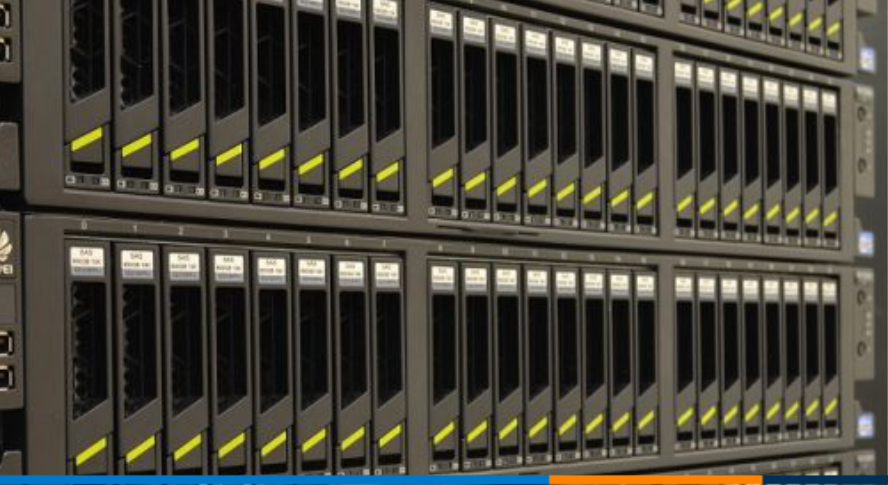The Pros and Cons of RAID
There are many pros and cons of RAID technology. RAID stands for a Redundant Array of Inexpensive Disks. It’s is a tried-and-true storage technology that teams multiple hard drives to provide enhanced performance, availability and redundancy in PC and server-based storage.
Why use RAID?
RAID can be used to simultaneously write data to two or more disks, creating duplicate copies of information that protect against data loss and disruption should one disk in the array fail. RAID can also be used to split data reads and writes across multiple disks and interfaces (a technique called striping) to speed operation. Some flavors of RAID also combine both these techniques depending on the needs of the user.
There are a lot of benefits, but adopting RAID on an existing system is hardly a no-brainer. There’s a good deal of complexity, starting with the different approaches to RAID.
Software RAID
Software-based RAID relies on the PC’s CPU to perform the gymnastics of distributing data among multiple disks and runs at either the BIOS or operating system (OS) level. Software RAID is usually cheaper, but adds complexity (and some level of risk) to the software stack.
Hardware RAID
Hardware-based RAID uses a dedicated controller which either lives directly on the motherboard or on a RAID card plugged into a PCIe slot. While more costly, hardware RAID is also more robust and scalable than software-based solutions.
As a maker of embedded and ruggedized computers, OnLogic most commonly implements hardware-based RAID. This is especially true when a more complex RAID setup (above and beyond RAID-0 or RAID-1) is required. (You can read more about the different types of RAID and the ways in can be implemented in our blog What is RAID).
Configuring a new PC for RAID
Configuring a PC for RAID out of the box is fairly straightforward. The system vendor or integrator generally handles all the OS, driver and software setup and configuration tasks, and makes sure the assembled solution works with the storage subsystems. Things get tricky when adding RAID to a deployed PC; and that goes double for specialized systems that lack RAID drivers and software infrastructure.
Configuring a deployed PC for RAID
So what should IT pros consider when weighing the decision to migrate current systems to hardware-based RAID? A few things to keep in mind:
- Prep the OS: Make sure that your OS is configured with all the required drivers and software infrastructure needed to support the new RAID controller.
- Beware OS gotchas: Sometimes updating your OS to support RAID requires some workarounds. This might include using the command-line tool Deployment Image Servicing and Management (DISM) and restoring from modified backup after changing BIOS settings.
- Mind the tools: The software used to manage RAID can come in two parts–a command line tool at the BIOS level and a graphical tool (such as Intel Rapid Storage Technology) at the OS level. Be clear on each tool’s role before the install.
- Tell the vendor: Your hardware vendor or system integrator may be able to help with configuration details specific to your system hardware.
- Prepare for the worst: Few IT situations are as desperate as a botched RAID deployment. Make sure you have backed up all your data and created system images to fall back to before you start.
Limitations of RAID
RAID offers real benefits, but it has limits. RAID-1 mirroring, for instance, is no replacement for a robust backup strategy. It will gleefully propagate flaws in one RAID disk to all the others in the array. Ensure your backup infrastructure can support the proposed RAID configuration so you can maintain known-good versions of data to fall back to. Also, the performance gains to be had with RAID-0 striping are much less pronounced with modern solid-state disk (SSD) drives than with mechanical spinning disk drives (HDD).
Pros and cons of RAID conclusion
At the end of the day, migrating to RAID is a significant system event, and one that should be approached with care and caution. To learn more about both the pros and cons of RAID deployment, and identify the optimal RAID solution for your unique application, check out our Ultimate Guide to RAID.
We originally published this blog on October 12, 2016. We updated it for content on August 18, 2023.
Get the Latest Tech Updates
Subscribe to our newsletters to get updates from OnLogic delivered straight to your inbox. News and insights from our team of experts are just a click away. Hit the button to head to our subscription page.
Share
More Articles
OnLogic Industrial Computers
Discover OnLogic's multitude of industrial computers that will help you to advance your IoT project
Learn more at OnLogic.com
OnLogic Industrial PCs: Designed to last. Built to order. Delivered in days. Visit our online store at OnLogic.com







